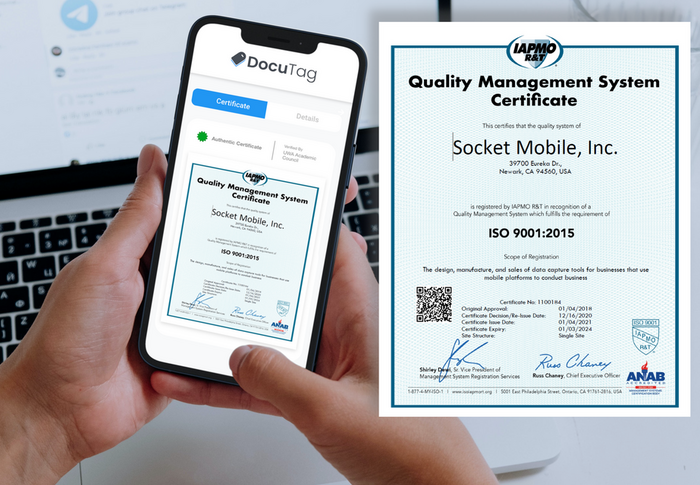What Style of Leadership Should You Adopt for Better Management?
We often hear about the importance of good leadership. Currently, more and more businesses acknowledge how vital and effective management is for maintaining the most talented employees and ensuring an accommodating working environment. It’s essential to adopt some of the traits of accomplished leaders, for example, communication with your team, motivation, inclusion, and encouragement. These characteristics form a strong and motivated team, but in this article, we want to talk more about different styles of leadership and which of those would fit your management goals.

Leadership Styles
It takes a lot of effort to become a praised leader because it’s not only some preferences, but a long history of studies of how people correlate with each other. After doing much research in the military field and other areas where work is based on dominance and hierarchy, researchers have defined the main types of leadership and the way they work in different environments.
In the book titled “Leadership that Gets Results” (2000), author and psychologist Daniel Goleman discloses six leadership styles: authoritarian, paternalistic, democratic, laissez-faire, transactional, and transformational. So, how these styles are different and what kind of leader are you?
Authoritarian – this type is mainly based on the highest point of the hierarchy chart. A person who is in charge (boss, teacher, officer) usually refers only to himself or herself and doesn’t consider others’ input valuable or credible. This style can create a hostile working environment where everyone has to report to the one person who is in charge. This kind of leadership is rather toxic and can result in people leaving the company or having performance issues. Currently, many companies are giving up on this mentality and seeking a more liberal and innovative approach.
Paternalistic – leaders who adopt this management type behave like parental figures. They ensure that all employees would feel like part of a family and thereby create close and loyal relationships. This type is beneficial in smaller teams where, despite circumstances, most of the employees will develop close connections. It’s good when everyone feels safe to speak up their mind and can get help from colleagues or a boss. However, eventually, this type can become more damaging than helpful, as people will look for more significant career opportunities not only for a close relationship with their boss based on loyalty. Not to mention, a leader might develop preferences and divide team members into favorites.
Democratic – a democratic leader takes other team members’ suggestions and inputs into account. This type of leadership works as one organism where everyone plays their part. In most cases, this style is the most effective, as it is formed based on the trust and professionalism of employees. However, a leader keeps the right to make the final decision, but the team’s opinion and work are essential.

Laissez-faire – this type is one of the most liberal ones. A leader gives all the freedom to employees to perform and moderate their own work. It provides the advantage of a more creative and diverse approach to tasks. However, for it to work the team has to be highly skilled and experienced. If not, it can cause some downsides, as missed opportunities or overlooked mistakes. After all, there should be a senior who would know how to execute the process in the best possible way.
Transactional – nowadays, many leaders adopt this type of leadership. It’s based on emotions, motivation, and reward systems. It’s simple: when an employee meets the goals, he or she earns some bonus. This type focuses on results rather than the process, which in some cases can be discouraging. If employees work hard to attain the company’s goals, but in the end something changes, it can lower their performance and self-esteem. Therefore, it’s crucial to find a balance between results and a process.
Transformational – this leader works hard to encourage a team to enhance their performance and seek higher results. It’s valuable as employees are constantly evolving and accomplishing new goals. The process makes the team and the whole company move fast towards improvement. However, you have to be careful because not all employees have the same pace and motivation. Some of them might think that you’re pushing too much and thereby leave where they can feel more welcomed and comfortable.
At times, it can get challenging to ensure a pleasant working environment and motivate your team. You might find yourself in some of these leadership types, but it’s essential to find what suits your organization best. However, regardless of styles of leadership, business owners who believe in their team and work hand in hand achieve way higher results and keep the most talented people in their company. When you micromanage your team and show a lack of trust, then don’t expect them to stay and your company to thrive. For example, if you hired a designer, trust in his or her ability to execute the task and don’t stand behind the back. Otherwise, it’s no better than doing all the work by yourself.
®“LuxTag”, Trademark registered.



